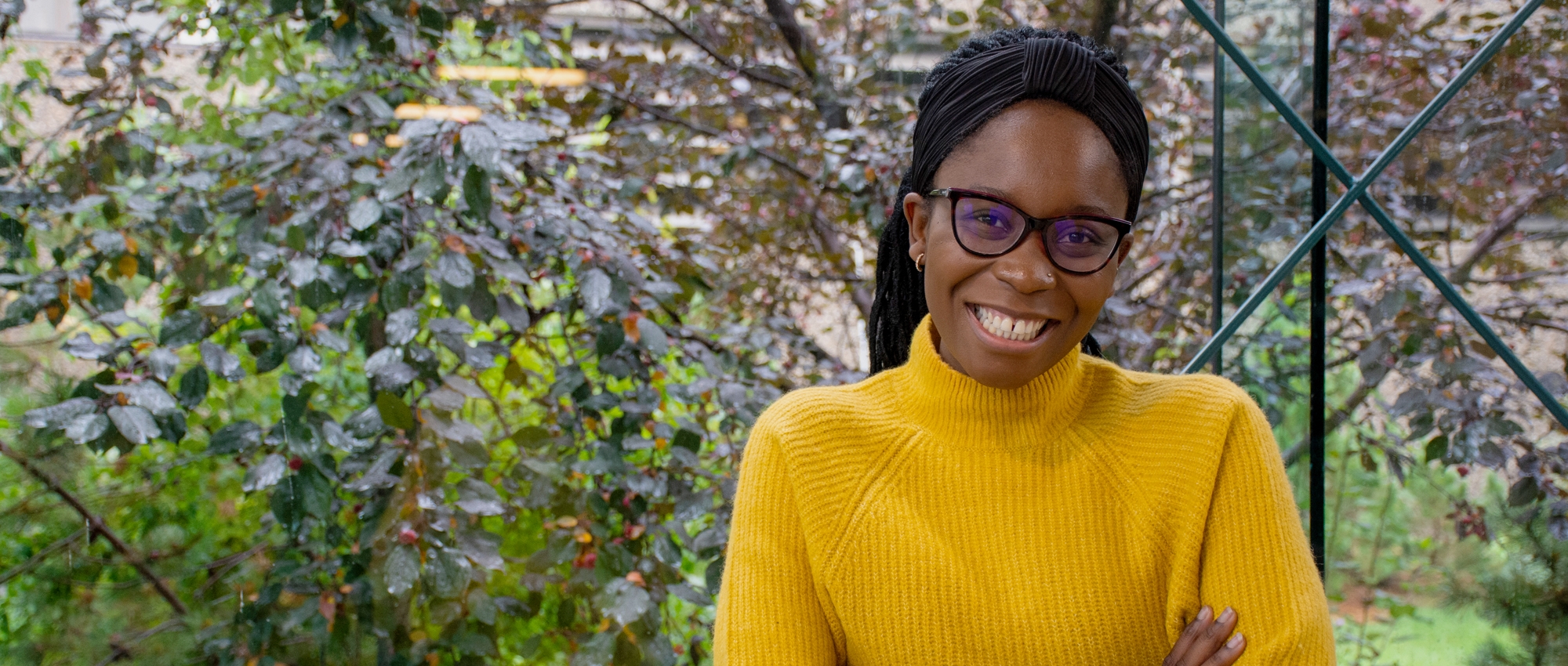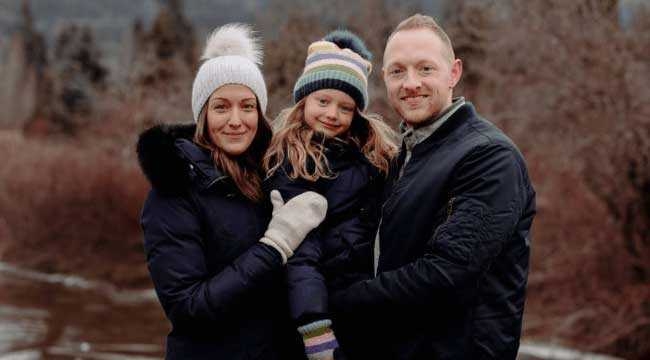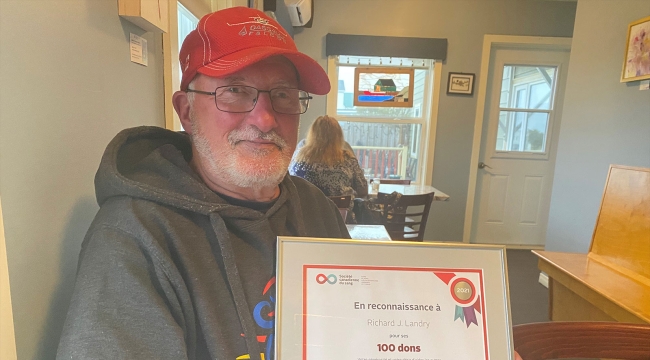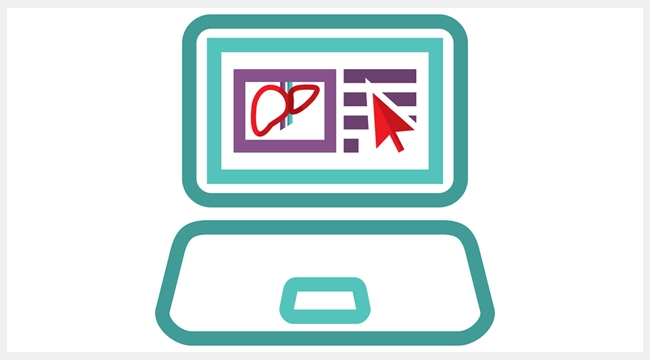Celebrating the women who show up for Canada’s Lifeline
This International Women’s Day is all about women inspiring women
Today, patients across Canada need donors more than ever. You can donate blood or plasma, join the stem cell registry, register your intent to donate organs and tissues, or make a financial donation. Please give like lives depend on it — because they do.
International Women’s Day is celebrated annually on March 8 to recognize the social, economic, cultural and political achievements of women, girls, and non-binary individuals. It highlights the progress toward achieving gender equity and helps raise awareness of issues affecting women, girls, and non-binary individuals worldwide.
The Government of Canada’s 2022 theme for International Women’s Day is Women Inspiring Women. It honours all those who motivate us to do better by demonstrating leadership in their daily choices.
Today, we applaud all the women, girls, and non-binary people who have inspired us through their support of Canada’s Lifeline. We’ve shared many of their stories over the last several months. Here are just a few of our favourites.
1. Few potential stem cell donors are Black. She’s working to change that

Sylvia Okonofua works to recruit Black Canadians to Canadian Blood Services Stem Cell Registry.
Biochemistry graduate Sylvia Okonofua founded the University of Regina’s chapter of Stem Cell Club as a first-year student in 2016. Stem Cell club recruits young people across Canada to Canadian Blood Services Stem Cell Registry, which accepts potential donors between the ages of 17 and 35.
It didn’t take Sylvia long to discover that the registry is not nearly as ethnically diverse as Canada, and also that very few registrants are Black. In fact, Black people make up fewer than two per cent of the total. Yet a patient has a much better chance of finding a match for a lifesaving stem cell transplant in a donor whose ancestral background resembles their own.
“As a Black woman, it was really heartbreaking to see,” says Sylvia. “It was really frustrating to know that a patient from my community is so much less likely than other patients to be helped.”
Read more: Few potential stem cell donors are Black. She’s working to change that
2. Member of National Women’s Team a proud Hockey Gives Blood Player Ambassador
Emily Clark, an Olympic silver medallist and member of Canada’s National Women’s Hockey Team, was initially inspired to donate blood and to serve as a Hockey Gives Blood Player Ambassador by her brother Jeff. As part of his treatment for a terrible knee injury, Jeff received blood transfusions.
“Jeff was only able to receive the blood he needed because other people had donated,” says Emily. “I became a blood donor because doing so helps other people like him.”
Read more: Member of National Women’s Team a proud Hockey Gives Blood Player Ambassador
3. Dragon boat teammates donate blood after cancer recovery
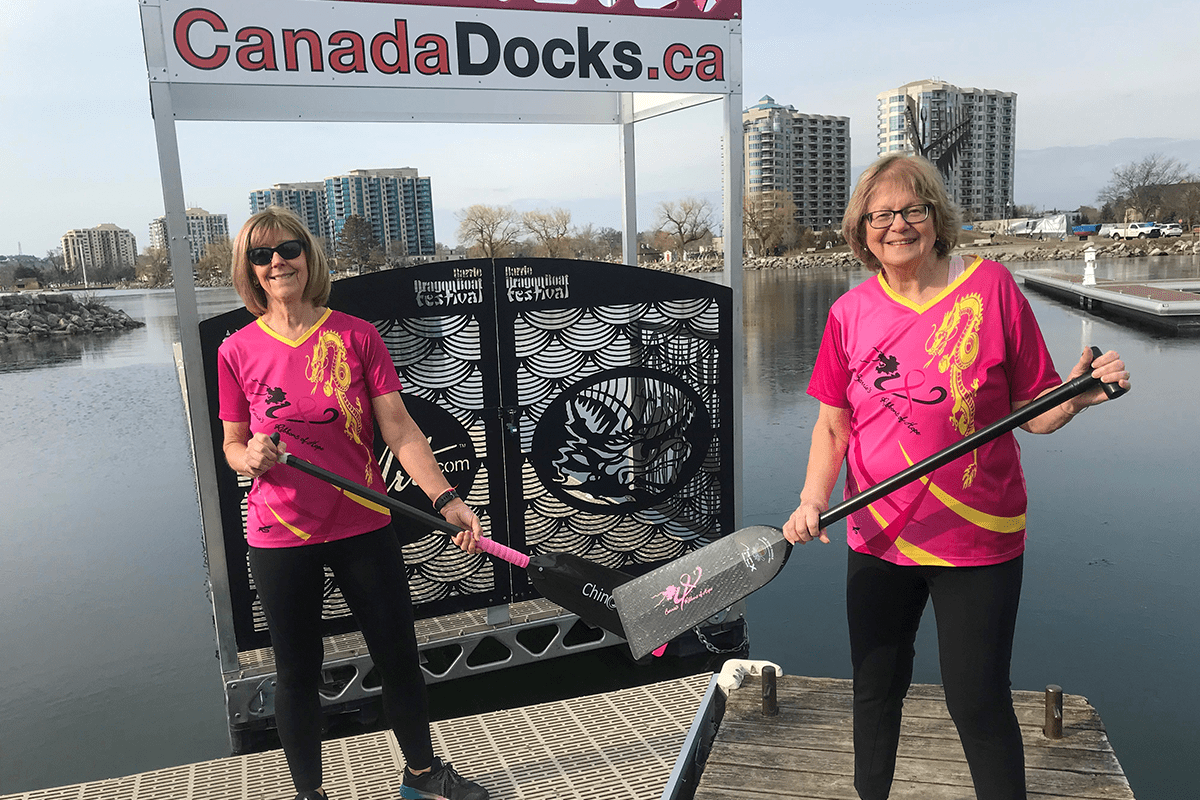
Vonnie Pope, left, and Donna Jelly, right, are blood donors and members of a dragon boat team in Barrie, Ont., which is made up of breast cancer survivors.
Some dragon boat teammates who have supported each other through the struggles and triumphs of breast cancer and its aftermath also pull together for patients. These women are part of Barrie’s Ribbons of Hope, a dragon boat team made up of breast cancer survivors in Barrie, Ont.
In 2016, people with a history of most cancers became eligible to give blood after being cancer-free for five years. And even amid a pandemic, dragon boater Vonnie Pope was determined to resume donating as soon as she became eligible.
“It was amazing,” says Vonnie, a mother of four and grandmother of eight. “That was such a happy day for me.”
Then, after making that milestone donation in Oct. 2021, Vonnie rallied her teammates to donate with her as well.
Read more: Dragon boat teammates donate blood after cancer recovery
4. A lifesaving kidney donation in a pandemic

Meaghan Kay recovering from her surgery, had the company of her mom Fiona.
Meaghan Kay had known Stephanie Jolink from birth. Being neighbours, the Jolinks and Kays were friends, and Meaghan became the Jolinks’ babysitter. Even after she went away to university and started her career, Meaghan always had a sister-like bond with Stephanie, and clearly remembers the day in 2019 when she found out Stephanie needed a new kidney.
“My mom learned from Stephanie’s parents that she had double kidney failure and needed a kidney donor,” recalls Meaghan. “And my mom said to the Jolinks, ‘Well you know Meg, she will probably give Steph a kidney, let me call her.’ When my mom told me I immediately said, ‘Well, let’s see if she can have mine.’”
While Meaghan wasn’t a match for Stephanie, she was still able to help her by donating through the kidney paired donation program.
Read more: Girl receives lifesaving kidney during pandemic, thanks to former babysitter
5. Ineligible to donate her own blood, B.C. woman donated cord blood
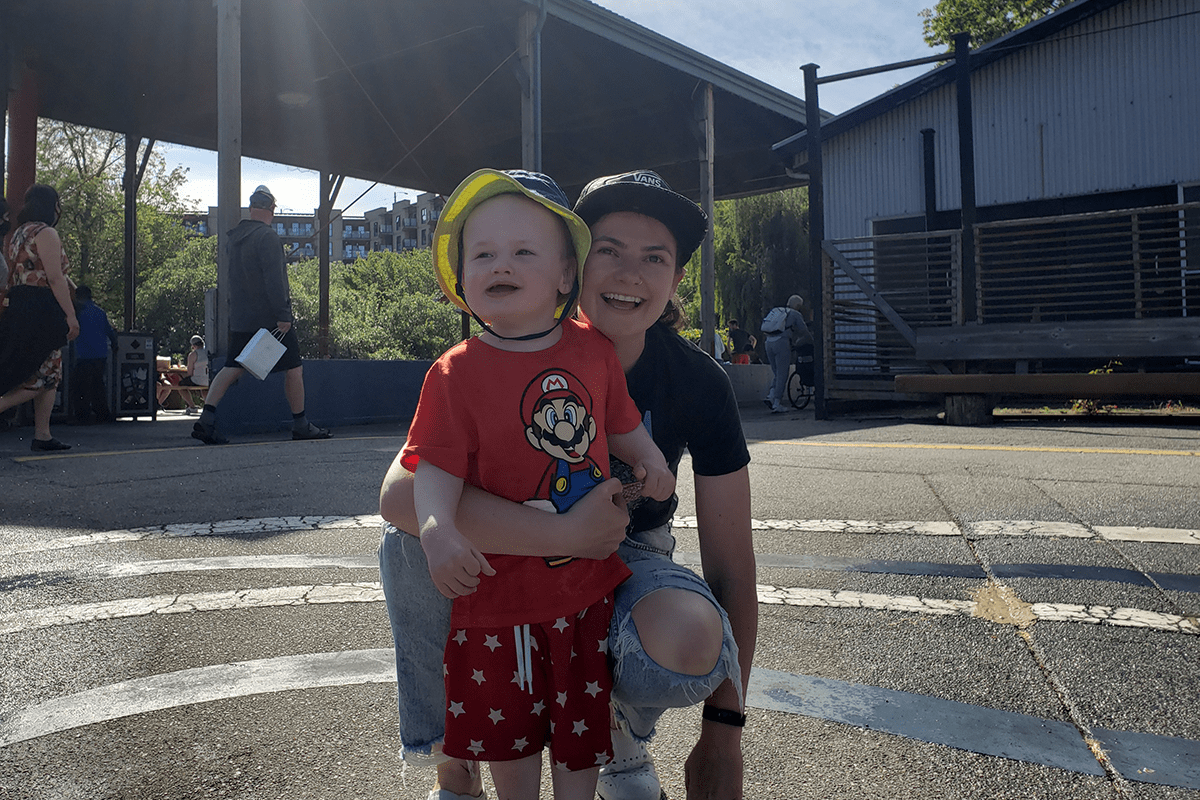
Elaine O’Keeffe, from Vancouver, B.C., tried to donate blood to help a friend with cancer, only to learn she was ineligible.
Elaine O’Keeffe was eager to donate blood for the first time after learning a friend had been diagnosed with a rare blood cancer. She didn’t know a lot about blood donation, but discovered that many cancer patients need blood transfusions as part of their treatment.
“I was so excited and intrigued by the whole process, too. I got the finger prick, my iron level was good, I filled out the paperwork and was ready to start a fantastic tradition of donating blood.”
However, during the donor screening process, Elaine learned she was ineligible to donate blood in Canada. So she was thrilled to discover another way to join Canada’s Lifeline: by donating cord blood after the birth of her son. Incredibly, her donation was matched to a patient in need almost immediately.
Read more: Ineligible to donate her own blood, B.C. woman donated cord blood
6. Laying the groundwork for a more inclusive blood system

Dr. Catherine Jenkins, scientist and 2SLGBTQIA+ advocate, is part of our effort to evolve donor screening.
As Canadian Blood Services moves toward more inclusive screening criteria for donors, Dr. Catherine Jenkins is bringing her perspective to that work as a scientist, 2SLGBTQIA+ advocate and trans woman.
Dr. Jenkins has studied both plasma donation and alternative donor screening questions for gay, bisexual and other men who have sex with men, and some trans, gender-diverse and Two-Spirit individuals. These groups are affected by the current eligibility criteria, which requires a three-month waiting period to donate following sexual contact with a man.
“The dream is that the findings then inform whole blood donation as well,” Dr. Jenkins says.
Read more: Laying the groundwork for a more inclusive blood system
7. A stem cell donor delivers a life beyond sickle cell disease
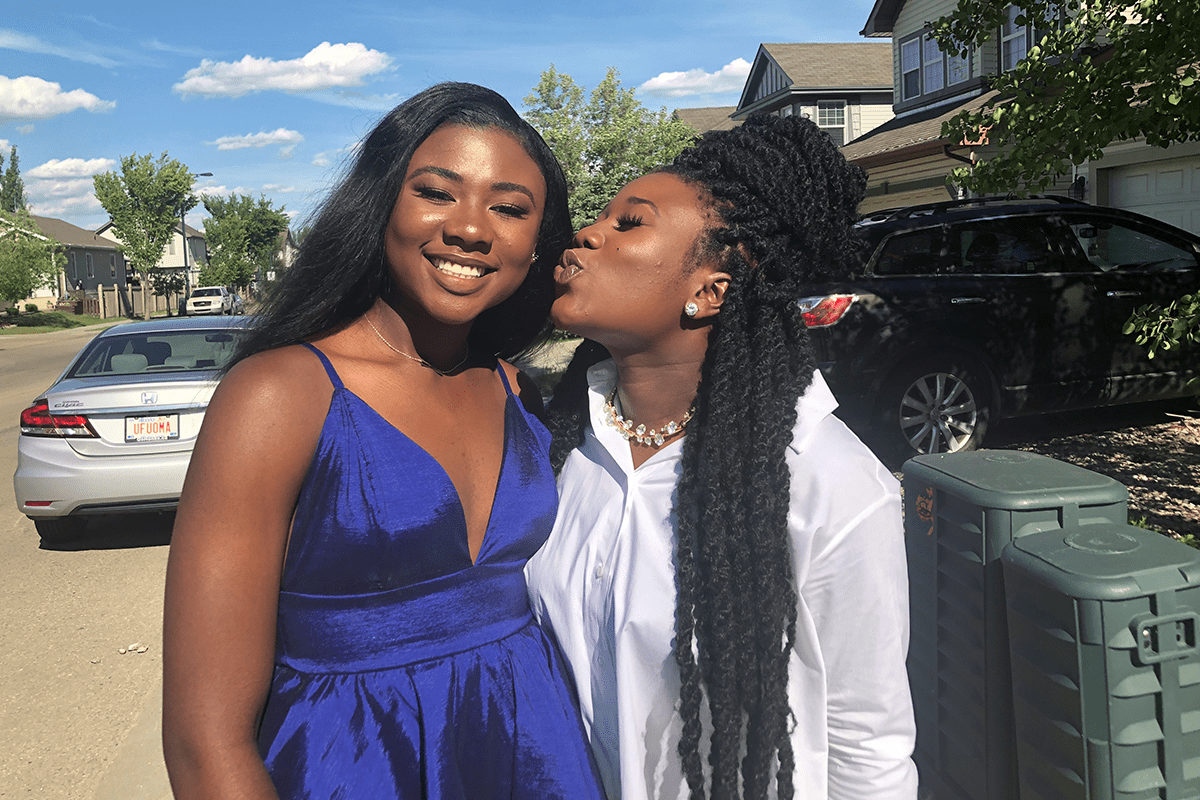
Ufuoma Muwhen (right) received a stem cell transplant from her sister Nyerhovwo (left).
Ufuoma Muwhen has always known that she had sickle cell disease. No one in the 23-year-old’s immediate family has the disease, but her maternal aunt in Nigeria died from sickle cell at a young age many years ago.
Ufuoma's symptoms required her to be hospitalized three or four times each year. Today, however, she is thriving, after receiving a transplant of stem cells from her sister.
“I have two younger siblings, a brother and a sister,” Ufuoma said. “My sister Nyerhovwo, who was eleven years old at the time, was a 100 per cent match!”
Read more: A life beyond sickle cell disease, thanks to a stem cell donor
8. Her birthday wish was to help others who needed blood
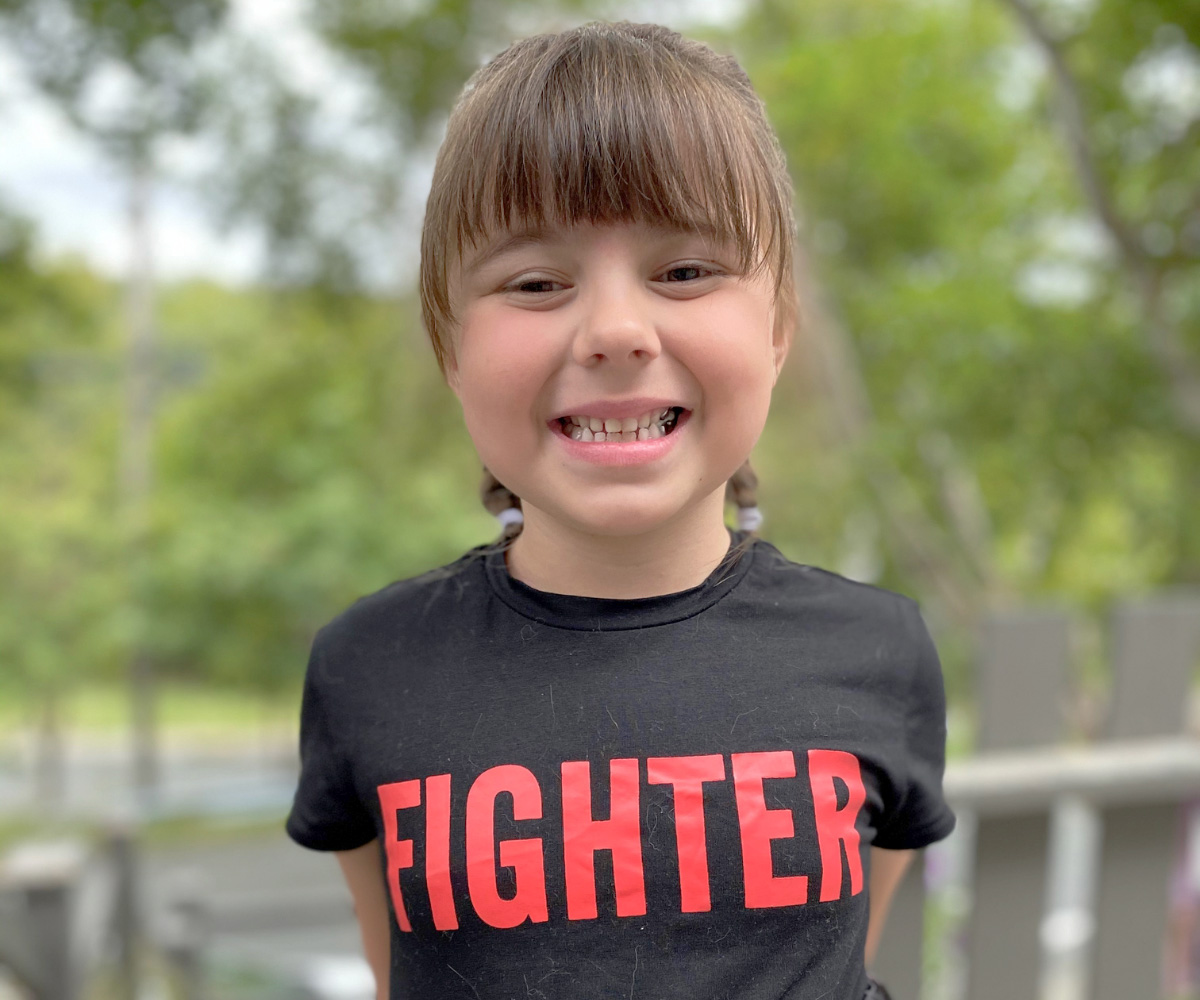
Abigale Latoszek, a few months after her diagnosis. Throughout her battle, ‘stronger than strong’ is a mantra used by family and friends to describe her courage.
When Abigale Latoszek learned how blood donors helped save her life, she asked family and friends to donate to Canada’s Lifeline for her sixth birthday in June 2020, instead of giving her gifts.
Abigale’s inspiring story of strength began earlier that spring, when she was diagnosed with acute lymphoblastic leukemia, a cancer of the blood and bone marrow. She immediately required two blood transfusions to survive, followed by many more transfusions of blood and platelets during cancer treatment that was ongoing last fall.
Read more: Her birthday wish was to help others who needed blood
9. Plasma donation empowers students to serve patients
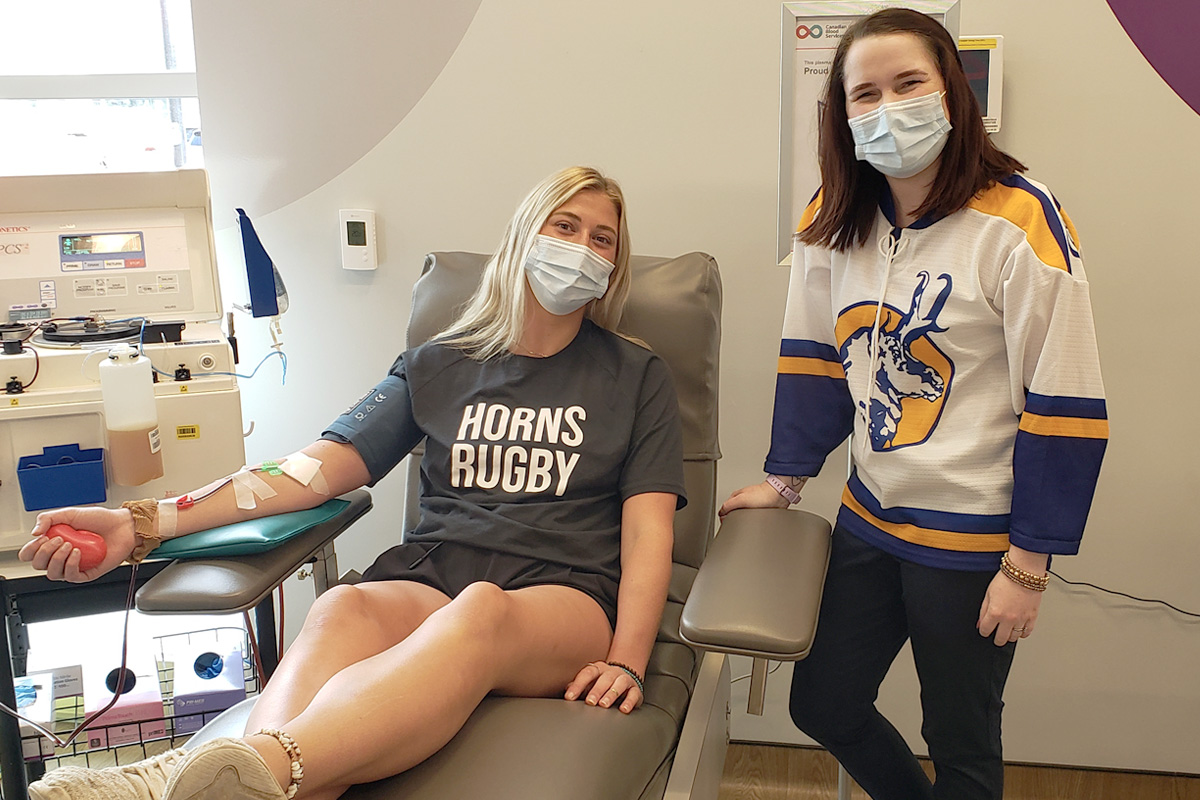
Keegan Brantner (left) at one of her regular plasma donations with Brenna Scott, business development manager at the Lethbridge plasma donor centre.
As a first-year grad student at the University of Lethbridge and the captain of a varsity team, Keegan Brantner’s schedule is packed. But she and her teammates have found a powerful way to help others that takes just a few hours a month.
“The amount of time it takes to donate plasma is minimal and the impact is so significant,” says Keegan, who is completing a master’s degree in kinesiology while also playing for the Pronghorns women’s rugby team. “For my friends and I, donating plasma has become something that we enjoy doing together. It’s an easy way for us to give back to the community and we can do it together with our friends and teammates.”
Like many students in Lethbridge, the way Keegan helps patients has evolved. She was a dedicated whole blood donor who transitioned to plasma donation last winter. That’s when Canadian Blood Services closed the blood donor centre in Lethbridge in order to open the new plasma donor centre.
Read more: Plasma donation empowers students to serve patients
10. First-time blood donor gives the same lifesaving gift she once received
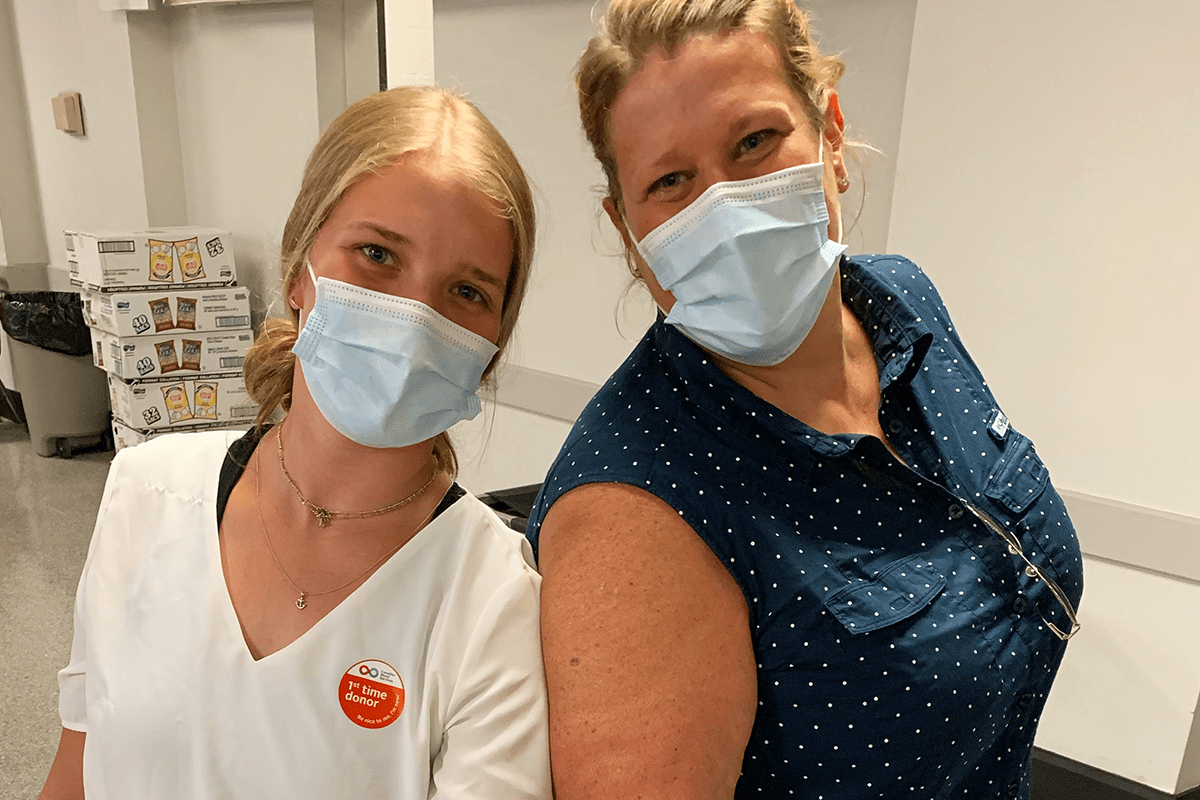
Emily Hales, who previously received blood as part of her treatment for an immune disorder, made her first blood donation with her aunt, Jennifer Dixon.
Most 17-year-olds aren’t actively looking to help save lives. But Emily Hales’s life journey has been different from that of many teenagers. Not only does she come from a long line of dedicated blood donors, she has also received lifesaving blood products herself.
When she was 12, Emily was diagnosed with immune thrombocytopenic purpura, an immune disorder where unusually low levels of platelets lead to excessive bruising and bleeding. Over the next year, she received 13 treatments of intravenous immunoglobulin (Ig). That’s a product made from plasma, a straw-coloured component of blood which is extracted from donations of whole blood as well as donated separately through a process called plasmapheresis.
Today, Emily is healthy and active. In fact, last summer she was able to donate blood for the first time herself, shortly after she turned 17 (the minimum age for donors).
Read more: First-time blood donor gives the same lifesaving gift she once received
11. Her fight with cancer turned her into an advocate for stem cell donation

Mai Duong and her daughter, Alice Stesin
Mai Duong’s mission to save lives started nearly a decade ago, when her own life was on the line. Mai was 15 weeks pregnant with her second child when a routine blood test led to a diagnosis of acute myeloid leukemia in 2014. She’d been experiencing tiredness and persistent cold symptoms, but had put it all down to pregnancy and the usual trials of a cold Montreal winter.
“The news hit me like a tsunami,” says Mai, 41.
Today, thanks to a stem cell transplant, Mai is healthy, and the proud founder of an organization with a mission to support other patients. It aims to increase the diversity of potential stem cell donors not only in Canada, but in 54 other countries around the world.
Read more: Her fight with cancer turned her into an advocate for stem cell donation
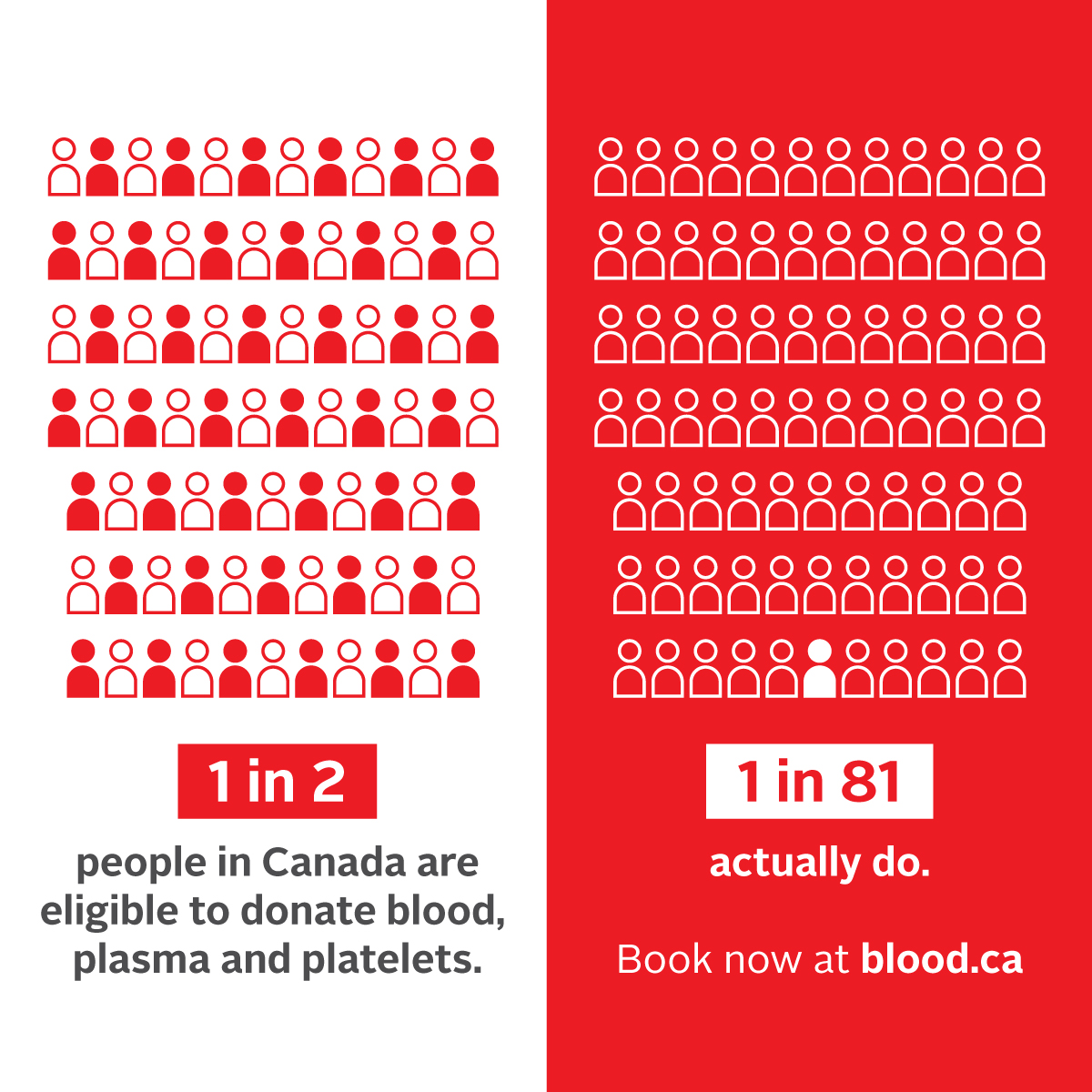
As we celebrate International Women’s Day, we are feeling grateful for the women and girls who help us support patients. We also hope they will inspire new donors, who are more important than ever, to support us through the current COVID-19 wave and beyond. We encourage people across Canada to book now by downloading the GiveBlood app or at blood.ca, and to learn more about all ways to give.
